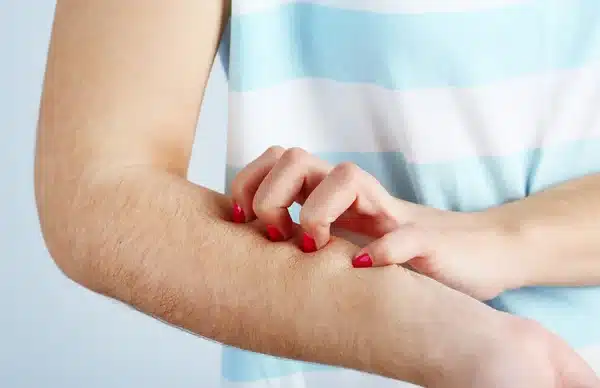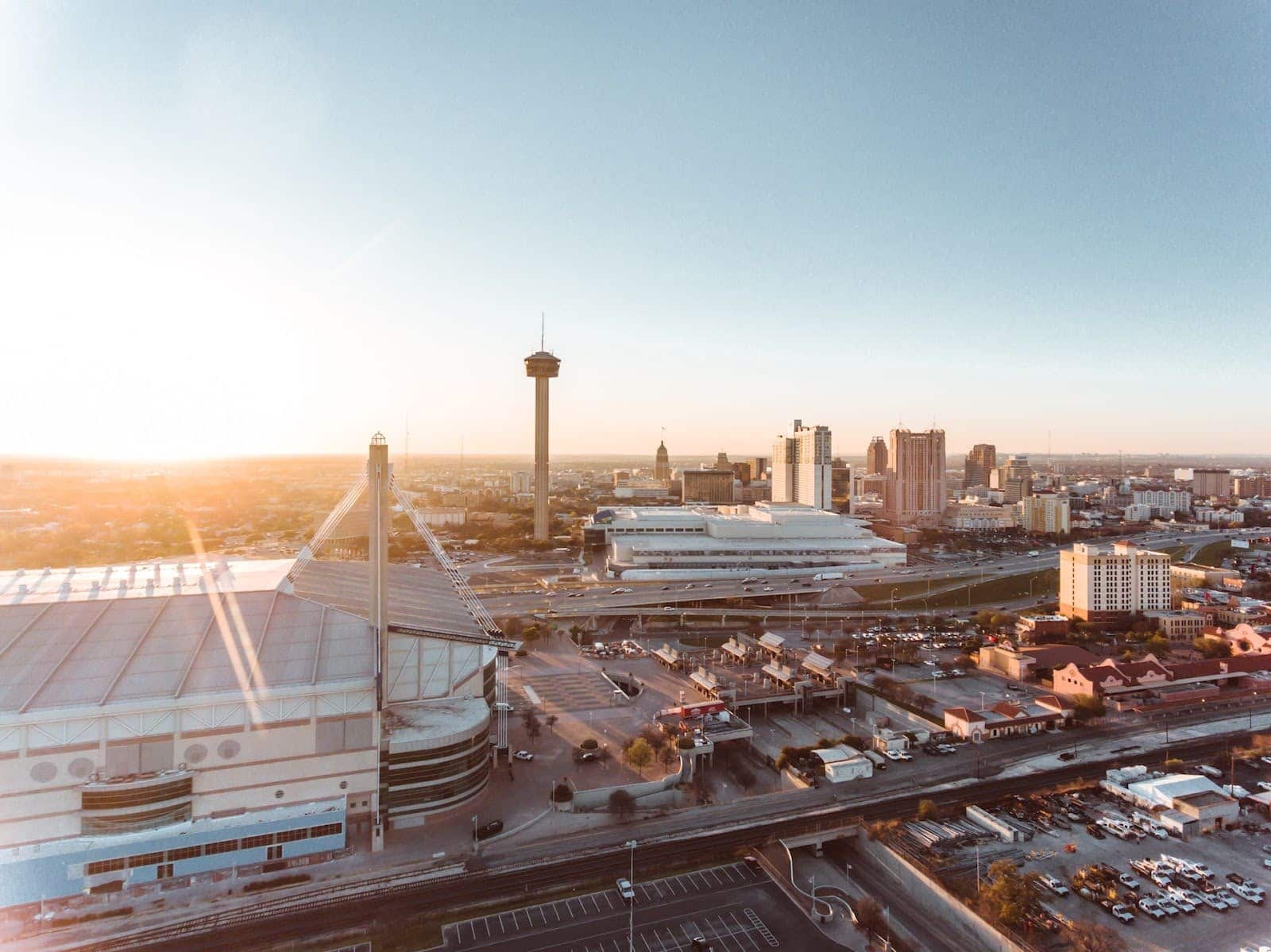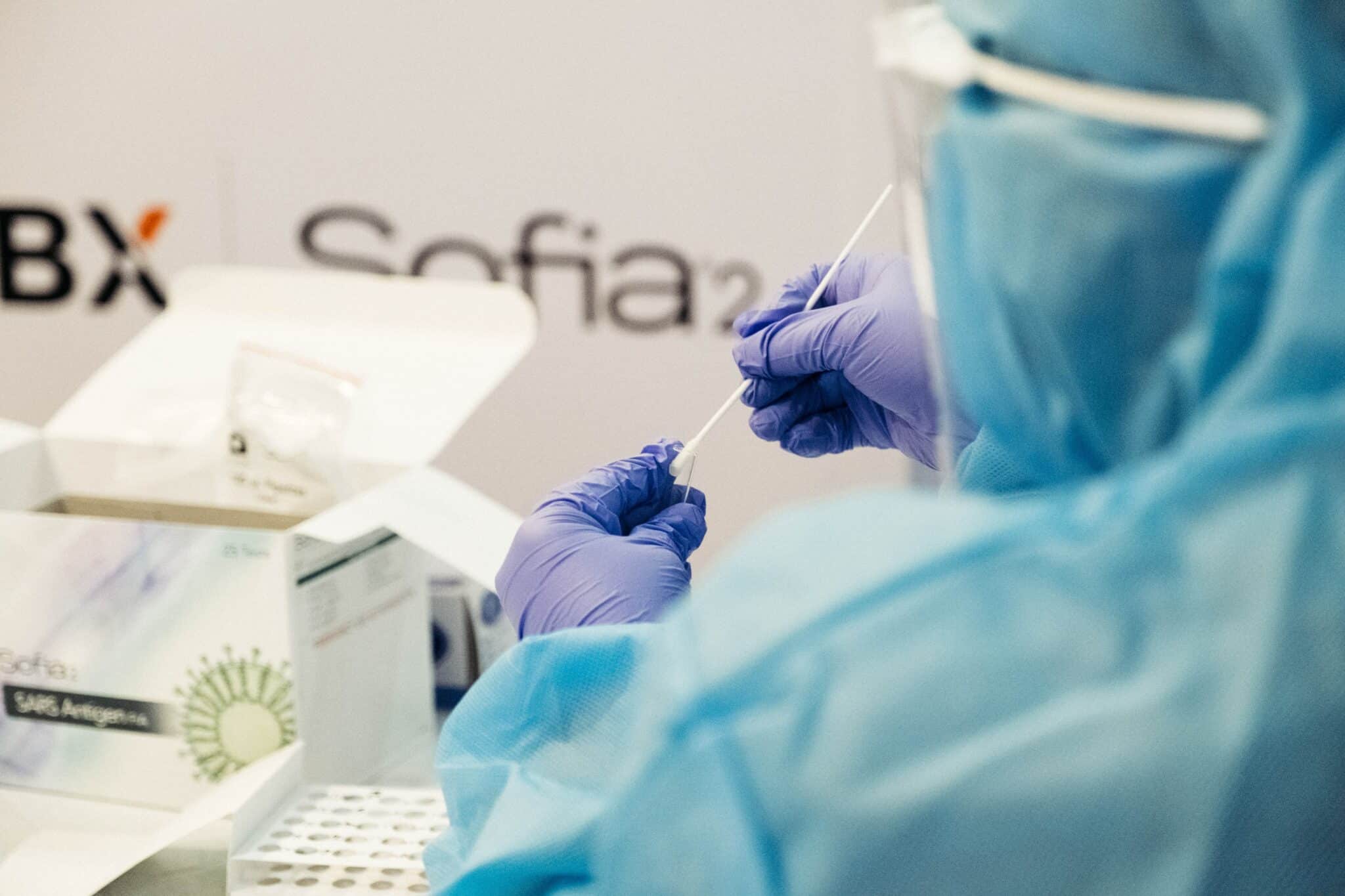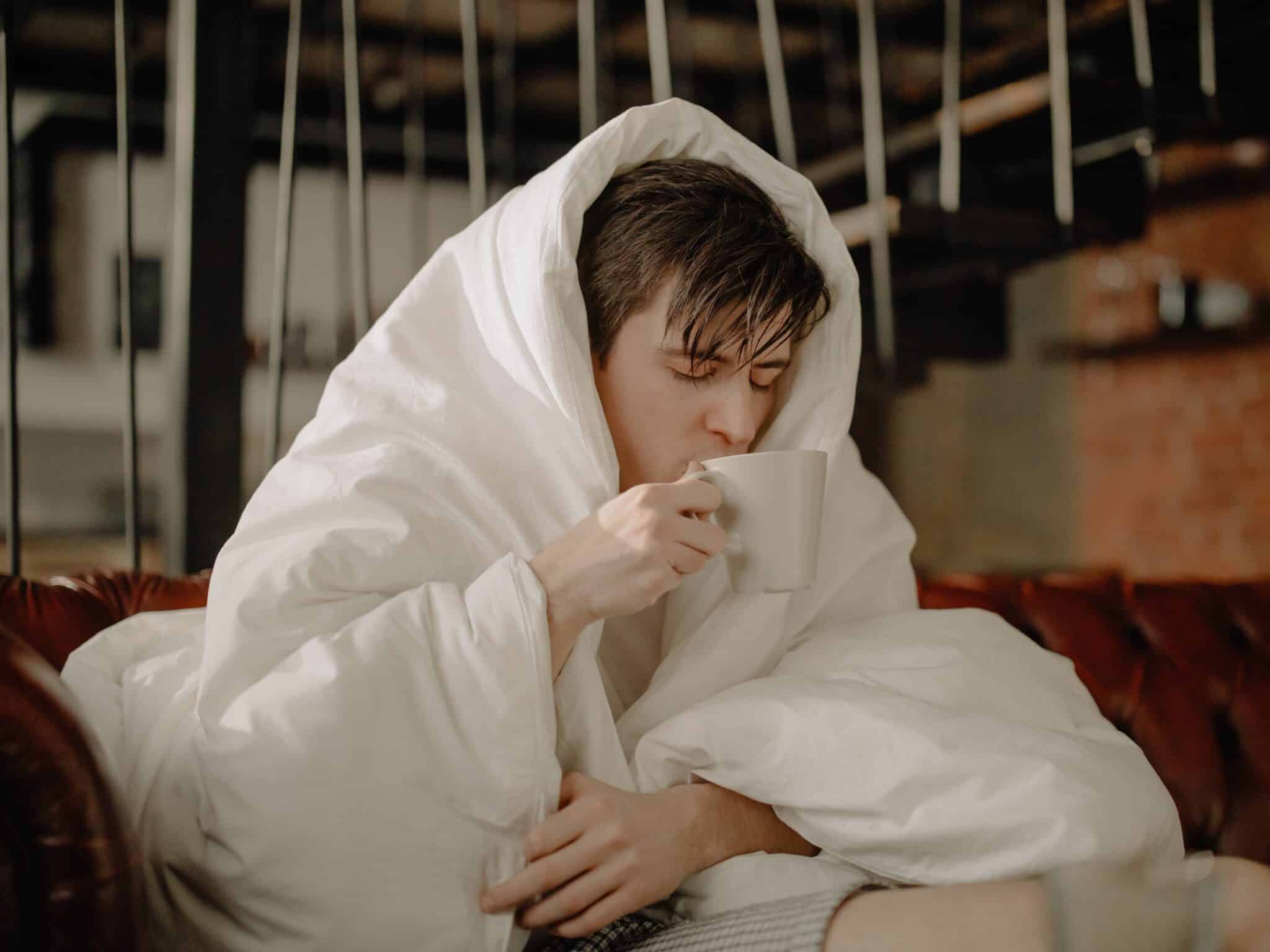Unveiling COVID Rashes: What Does a COVID Rash Look Like? Types & Treatments

COVID-19 emerged as a true Pandora box, unveiling an extensive list of potential symptoms that appears almost boundless. What started as a typical respiratory disease has been proven to affect multiple systems, from neurological issues to heart complications.
At this point, almost everyone has either suffered from COVID-19 or knows someone who has, so the typical symptoms are well-known:
- An extremely sore throat
- High fever
- Loss of smell and taste
- Respiratory issues
But there are other, stranger symptoms within COVID’s long list of malaises. Some people have experienced things bordering on the bizarre, like a hairy tongue.
Today we will be focusing on a series of afflictions people have taken to calling COVID rash. We will cover:
- What does COVID rash look like?
- The different types of rashes
- How to treat a COVID rash
Let’s get started.
What Does a COVID Rash Look Like?
COVID rash is an umbrella term that encompasses multiple skin conditions that arise as a result of contracting COVID-19.
There are five main rashes that seem to be triggered by the increased viral loads resulting from a COVID infection. Viruses gather in an area, and the autoimmune reaction generates inflammation, itchiness, and other common rash symptoms.
Let’s take a closer look at each type of rash.
Morbiliform Rash
The most common form of COVID rash presents as macules (an area of discolored skin) and papules (pimples or skin swelling). This affliction was detected during the early stages of the pandemic in 2020 and may occasionally precede other COVID symptoms.
- This rash can grow considerably and create:
- A discoloration patch on your skin
- General itchiness
- Discomfort of the skin
Specialists recommend applying antihistamines and topical corticosteroids to the affected areas. The inflammation and discomfort should disappear within a week.
Urticaria
Notably, urticaria is often among the initial symptoms in certain COVID-19 cases. This can make it challenging to differentiate from other rashes or allergic reactions.
These itchy, raised skin welts can occur during or after being infected with COVID and are usually far from lethal.
It’s only concerning in one case: the development of purpura. While also a form of rash, purpura is characterized by larger and darker discolorations. It results from bleeding beneath the skin, which can be triggered by inflammation of the vascular system stemming from urticaria. If the onset of purpura is coupled with a high fever, it may indicate a case of septicemia, a severe and high-risk infection.
Urticaria’s treatment is mainly focused on mitigating the symptoms. Experts recommend using antihistamines and cold compresses to reduce itching and inflammation. The disease should then recede on its own.
Vesicular Eruption
The vesicular eruption is a rarer type of COVID rash, resembling varicella or chickenpox. It consists of multiple vesicular formations, typically concentrated on the body’s trunk, but it can potentially spread across the entire body.
This rash is associated with more severe COVID cases, and it’s prevalent in middle-aged patients. Like urticaria, it can develop both before and after the onset of other typical COVID symptoms. The blisters cause itchiness and discomfort but don’t usually leave lasting marks as seen with varicella blisters.
The rash disappears within a week after the onset of the initial symptoms.
Vaso-Occlusive Lesions
As their name indicates, these lesions are caused by obstruction of the vascular system and are often associated with thrombosis. They manifest as big bruised areas on your skin that can rupture and bleed. This type of COVID rash is the most concerning, as thrombosis can be lethal.
These lesions are only present in severe COVID cases, with vascular obstructions present. The treatment for this rash is closely linked with thrombosis treatments to dissolve blood clots, including:
- Taking anticoagulants
- Taking thrombolytics
- Wearing compression stockings
COVID-Toe
COVID-toe, also known as pseudo-chilblains, has been identified as one of the main COVID-related rashes. It’s characterized by discoloration, itching, blistering, and inflammation of your toes. These lesions are similar to those caused by exposure to cold and damp air, commonly known as chilblains.
There is an ongoing debate on whether these symptoms are related to COVID or are caused by factors related to the quarantine routine. Whatever the cause, this rash has a definitive presence and can cause mild discomfort, which can be alleviated with hydrocortisone. The symptoms should dissipate on their own within a couple weeks of their first appearance.
Key Takeaways
With the worst of the pandemic behind us, we can rest easy knowing that the chances of a lethal COVID case are slimmer. But that doesn’t mean that COVID is a simple seasonal cold. Its impact and ramifications are still being studied, and we have yet to fully comprehend them.
COVID rash and other uncommon symptoms are great examples of this. While many are far from lethal, they can be extremely uncomfortable, and we should do our best to avoid them.
Keeping up with vaccinations and boosters is paramount, as so is staying on top of any symptoms you might experience. If you think you may have COVID-19 then it’s best to get tested. An early COVID confirmation will lead to fewer contagions and a smoother recovery.
Need a COVID test? No matter where you are or what type of test you need, find testing locations near you with our international directory.



